Crowdfunding has revolutionized fundraising for nonprofit organizations. Online platforms now offer an opportunity to reach a larger audience and raise more funds for important social causes. Successful crowdfunding campaigns have proven that the power of collective action can bring about real change.
However, not all online fundraising campaigns are created equal. To create a successful crowdfunding campaign, nonprofit organizations need to understand the strategies and tactics that work best. With that in mind, we’ve compiled a list of 11 things that you need to know to create a successful online fundraising campaign.
From setting clear goals and defining your target audience, to crafting a compelling story and creating engaging content, we’ll cover all the essential elements of a successful crowdfunding campaign. We’ll also discuss the importance of leveraging social media and building relationships with donors.
Moreover, we’ll explore the role of transparency and accountability in building trust with donors. We’ll also discuss how to handle unexpected challenges and how to measure the success of your crowdfunding campaign.
By the end of this article, you’ll have a better understanding of what it takes to create a successful crowdfunding campaign that can help you achieve your nonprofit organization’s goals.
Understanding Your Audience
When it comes to crowdfunding, understanding your audience is crucial. In the nonprofit sector, people are motivated to give for a variety of reasons, including a desire to make a difference in the world, personal connections to your cause, and a belief in your organization’s mission. To create a successful crowdfunding campaign, you need to tap into these motivations and create a campaign that resonates with your audience.
One way to do this is to focus on storytelling. People are more likely to give when they feel an emotional connection to your cause. Use your campaign story to communicate the impact your organization is making and how donors can help. Be sure to highlight the specific individuals or communities that will benefit from their donation.
Another way to connect with your audience is to offer unique rewards. Donors are more likely to give when they feel like they are getting something in return. Consider offering exclusive merchandise or behind-the-scenes access to your organization as a way to incentivize donors to give.
Choosing the Right Crowdfunding Platform
There are many different crowdfunding platforms out there, and it’s important to choose the one that aligns with your organization’s mission and goals. Some platforms are better suited for specific types of campaigns, such as creative projects or product launches. Others are designed specifically for nonprofits.
When choosing a crowdfunding platform, consider the fees involved, the level of support you will receive, and the platform’s user interface. Look for a platform that is easy to use and offers robust reporting and analytics so you can track your progress and make adjustments as needed.
Setting a Realistic Fundraising Goal
Setting a realistic fundraising goal is key to the success of your campaign. Your goal should be based on your organization’s current financial needs and the potential of your network to donate. Be sure to take into account any fees associated with the crowdfunding platform you choose.
When setting your goal, consider breaking it down into smaller, more manageable milestones. This can help you stay motivated and keep your donors engaged throughout the campaign.
Creating a Compelling Campaign Story
Your campaign story is the heart of your crowdfunding campaign. It should be compelling, emotional, and clearly communicate your organization’s impact. Use storytelling techniques to take your donors on a journey and show them how their donation will make a difference.
Be sure to highlight the specific individuals or communities that will benefit from their donation. Use data and statistics to back up your claims and show the impact your organization is making.
Using Engaging Visuals
Visuals are a powerful tool in any crowdfunding campaign. Use high-quality images and videos to visually communicate your organization’s mission and goals. Be sure to include images and videos that showcase the impact your organization is making.
You can also use visuals to create infographics or other data visualizations that help donors understand the impact of their donation. Consider creating a visual timeline that shows how their donation will be used and the impact it will have.
Developing a Social Media Strategy
Social media is a powerful tool for promoting your crowdfunding campaign and engaging with your audience. Create a social media strategy that includes regular updates, behind-the-scenes content, and calls to action.
Be sure to use a variety of platforms, including Facebook, Twitter, Instagram, and LinkedIn. Use hashtags to make it easy for donors to find and share your content.
Offering Unique Rewards
Offering unique and creative rewards is a great way to incentivize donors to give. Consider offering exclusive merchandise or behind-the-scenes access to your organization as a way to thank donors for their support.
Be sure to offer a range of rewards at different donation levels. This will help ensure that donors at all levels feel appreciated and valued.
Leveraging the Power of Email Marketing
Email marketing is a great way to reach out to your network and keep them updated on the progress of your campaign. Use email to share updates, thank donors, and offer exclusive content.
Be sure to segment your email list based on donor level and engagement to ensure that your messages are targeted and relevant.
Providing Timely Updates
Keeping your donors informed with timely updates is key to maintaining their engagement throughout your campaign. Use social media, email, and other channels to share updates on your fundraising progress and how their contributions are making a difference.
Be sure to highlight the impact of their donation and show donors how their support is making a real difference in the lives of those your organization serves.
Saying Thank You
Showing your gratitude to your donors is important. Thank them personally and publicly on social media. Consider sending handwritten thank-you notes or offering other personalized touches to show donors how much you appreciate their support.
Remember, donors are more likely to give again in the future if they feel appreciated and valued.
Evaluating Your Campaign and Learning From It
After your campaign is over, take the time to evaluate what worked and what didn’t. Use these insights to improve future fundraising efforts.
Be sure to track your progress throughout your campaign and keep detailed records of your results. This will help you identify areas where you can improve and make adjustments as needed.
In conclusion, crowdfunding has become an increasingly popular way for nonprofits to raise funds and create real change in the world. It can be a powerful tool for organizations of any size, but it takes careful planning and execution to make the most of it. By following the 11 key tips outlined in this article, you can increase your chances of running a successful crowdfunding campaign that reaches your goals.
It is important to remember that crowdfunding is not a one-size-fits-all solution. Each campaign is unique and requires a tailored approach to reach its fullest potential. By conducting thorough research, setting realistic goals, and engaging your supporters through social media and other channels, you can create a compelling story that resonates with donors and inspires them to contribute.
Above all, successful crowdfunding campaigns require dedication, hard work, and a willingness to learn from both successes and failures. By analyzing your campaign data and adjusting your strategy as needed, you can continue to improve your fundraising efforts and make a lasting impact on the causes you care about. With these tips in mind, we encourage you to take the leap and start your own crowdfunding campaign today!
.svg)


.svg)
.svg)
.svg)

.avif)

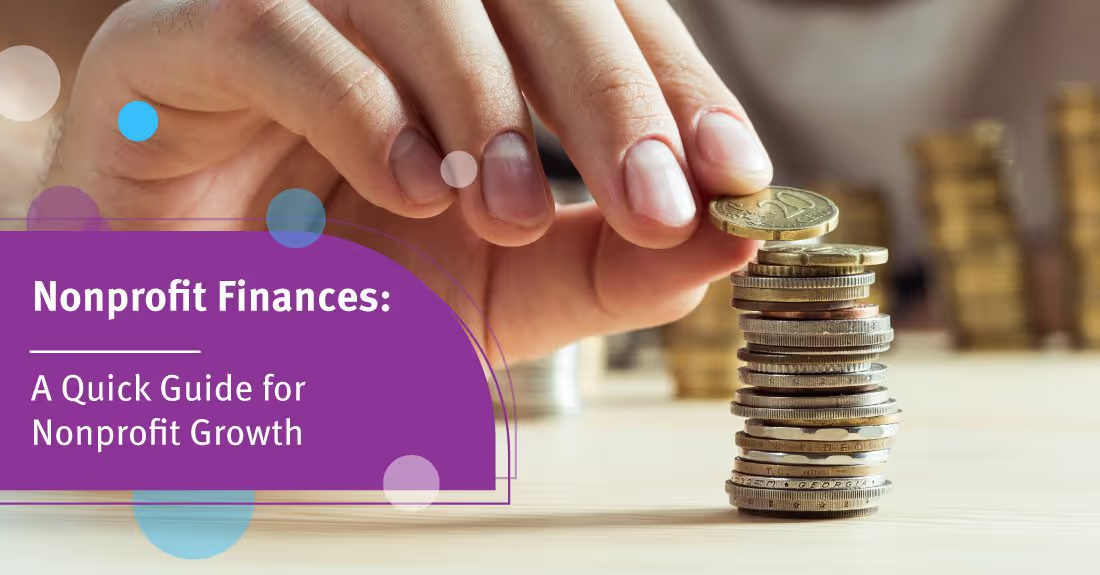
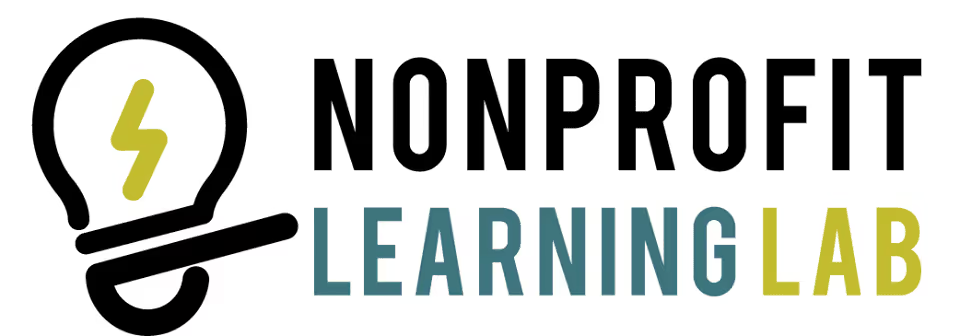


















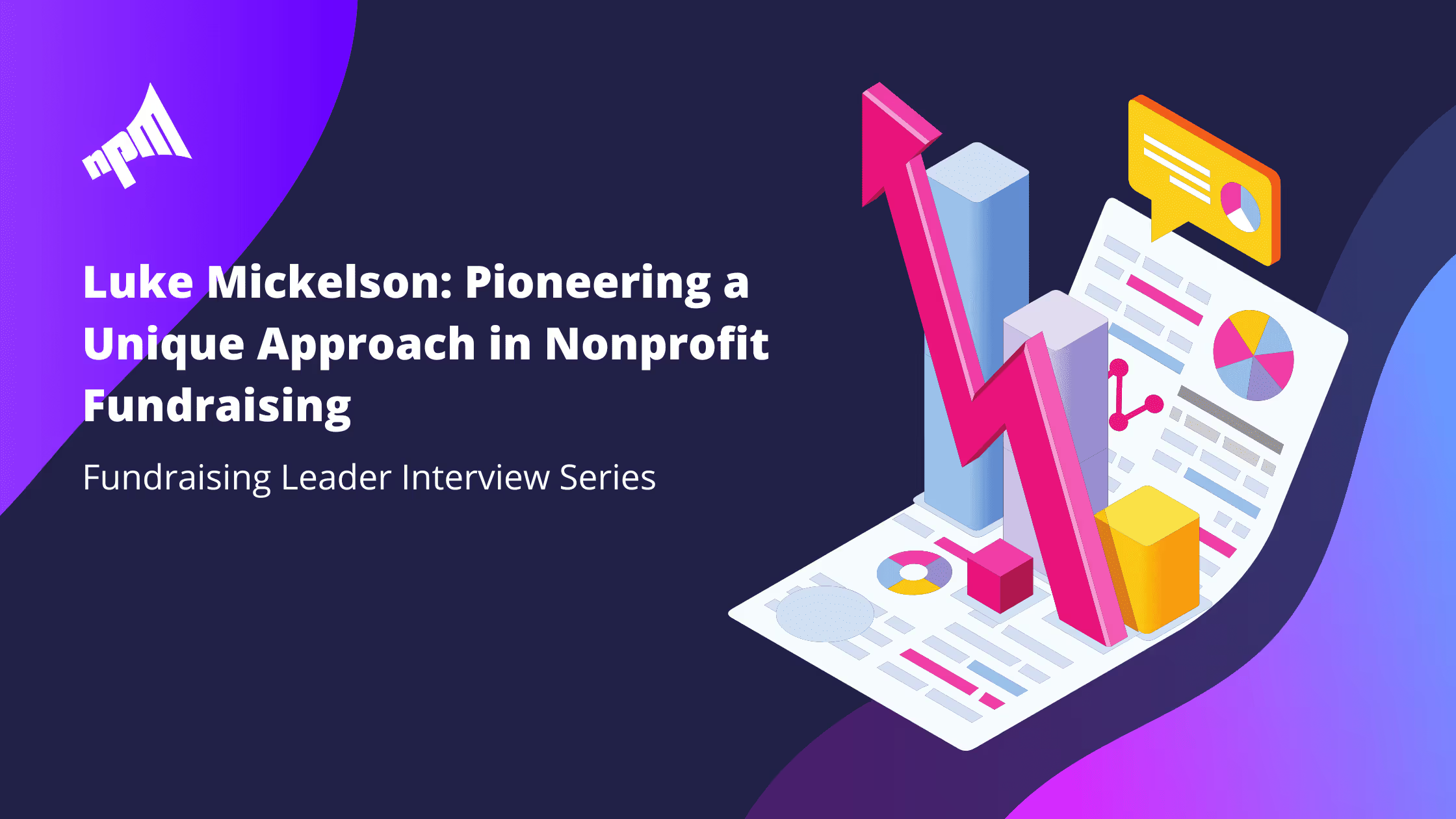









































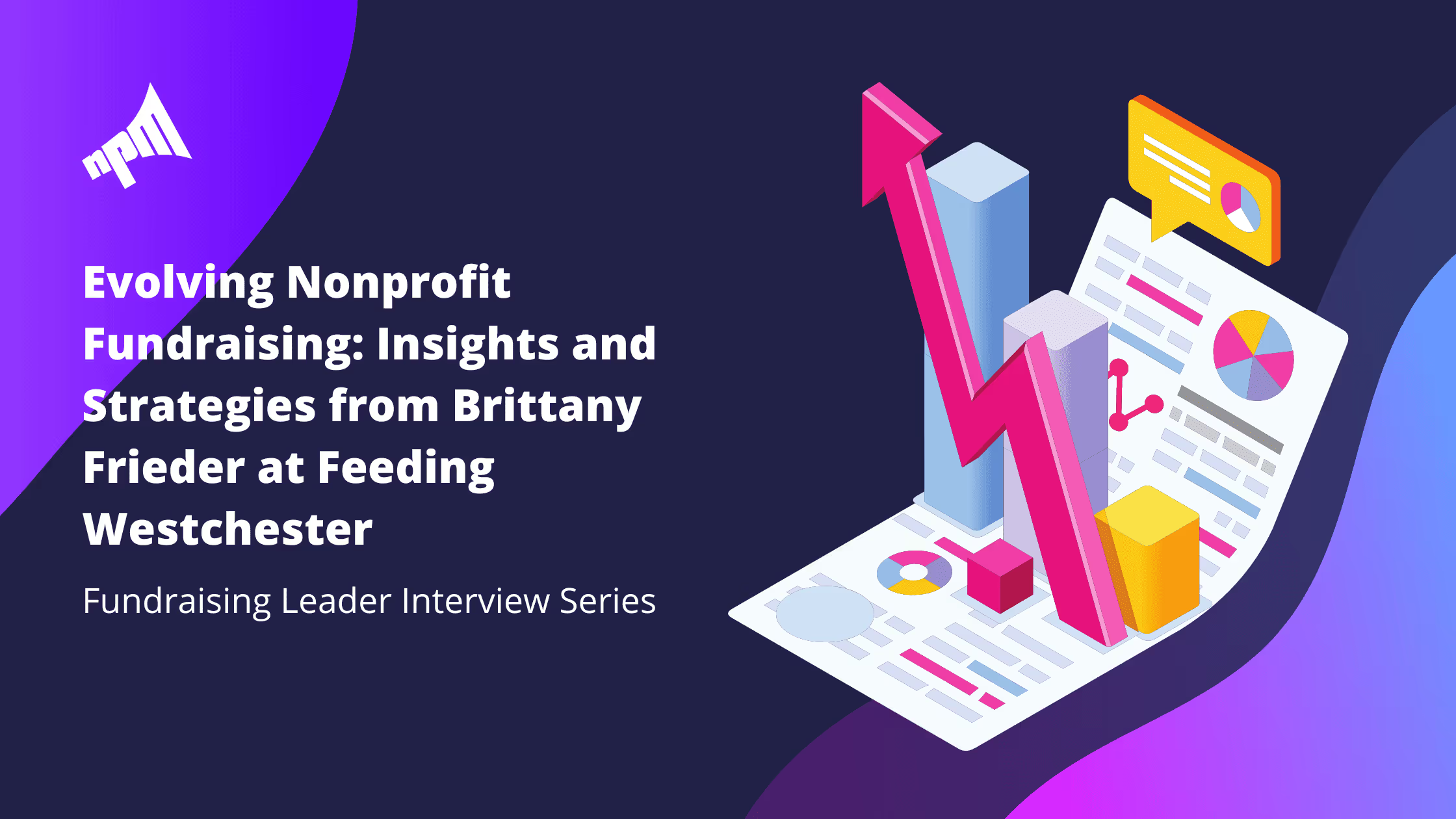

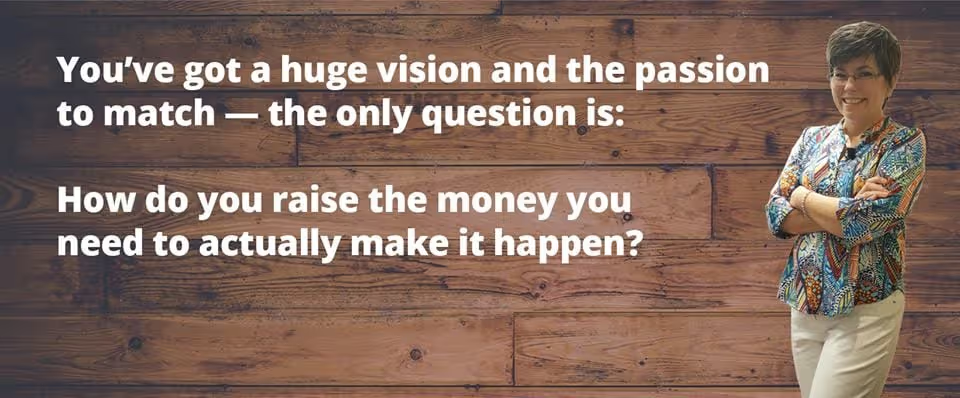

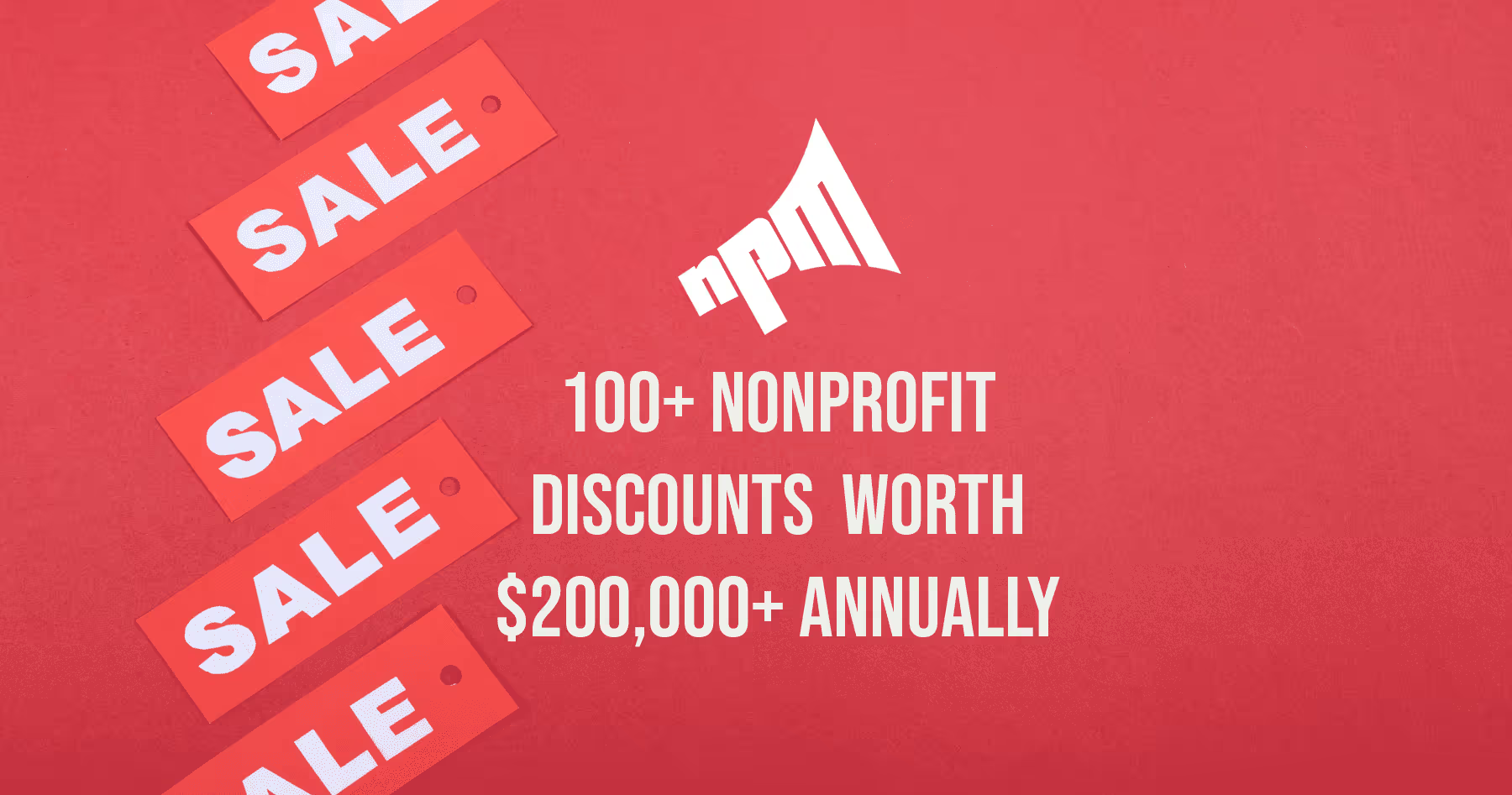














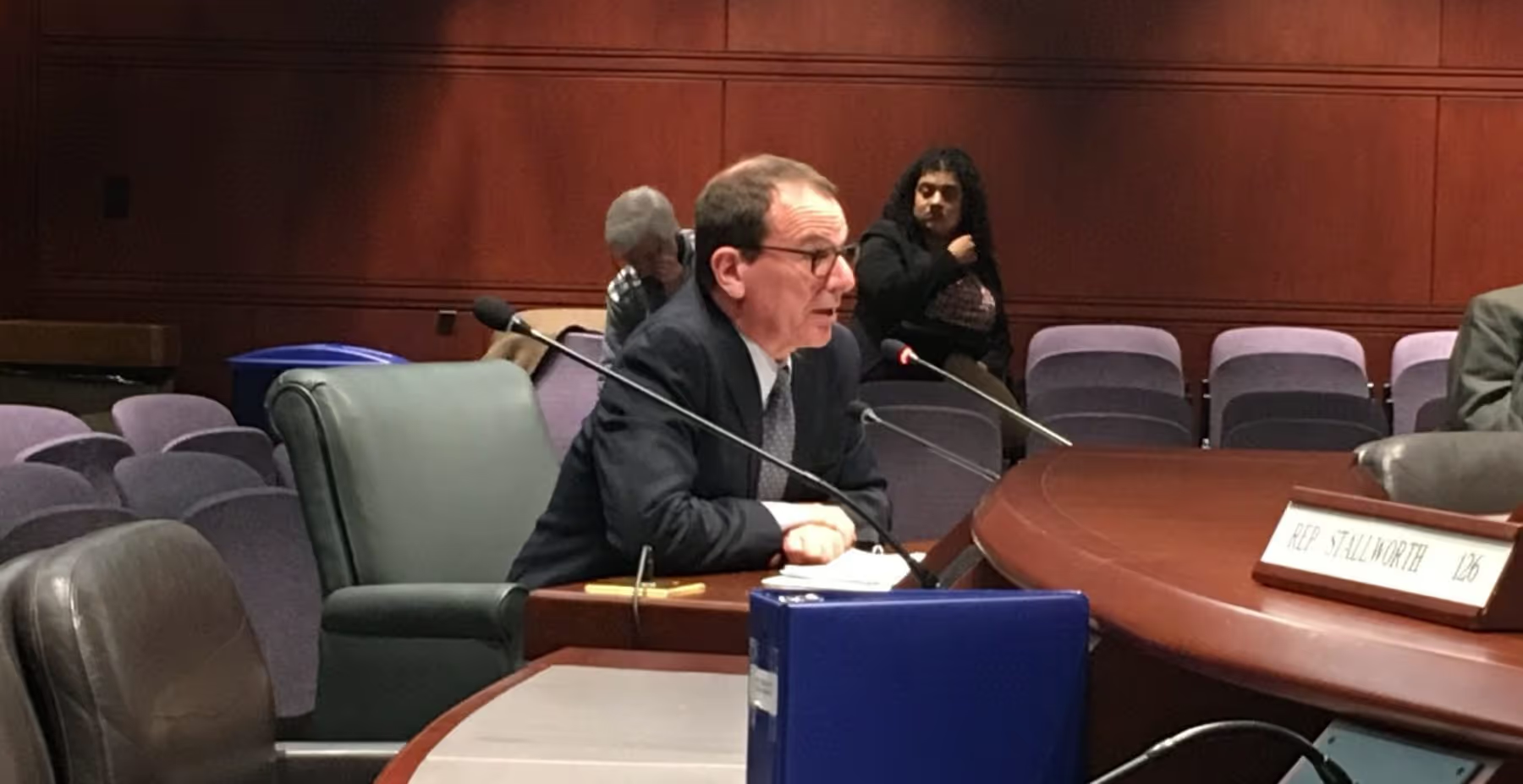



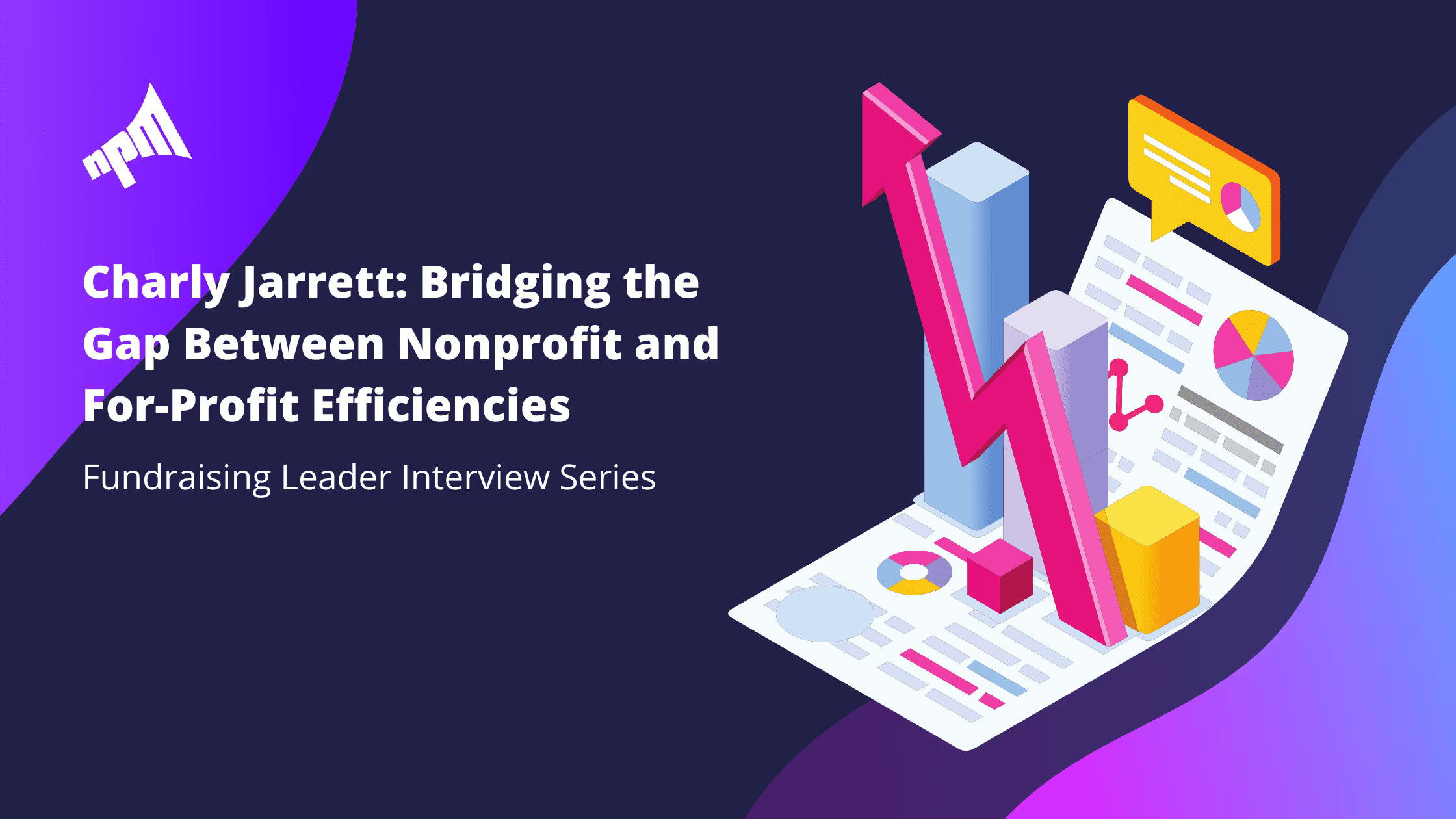


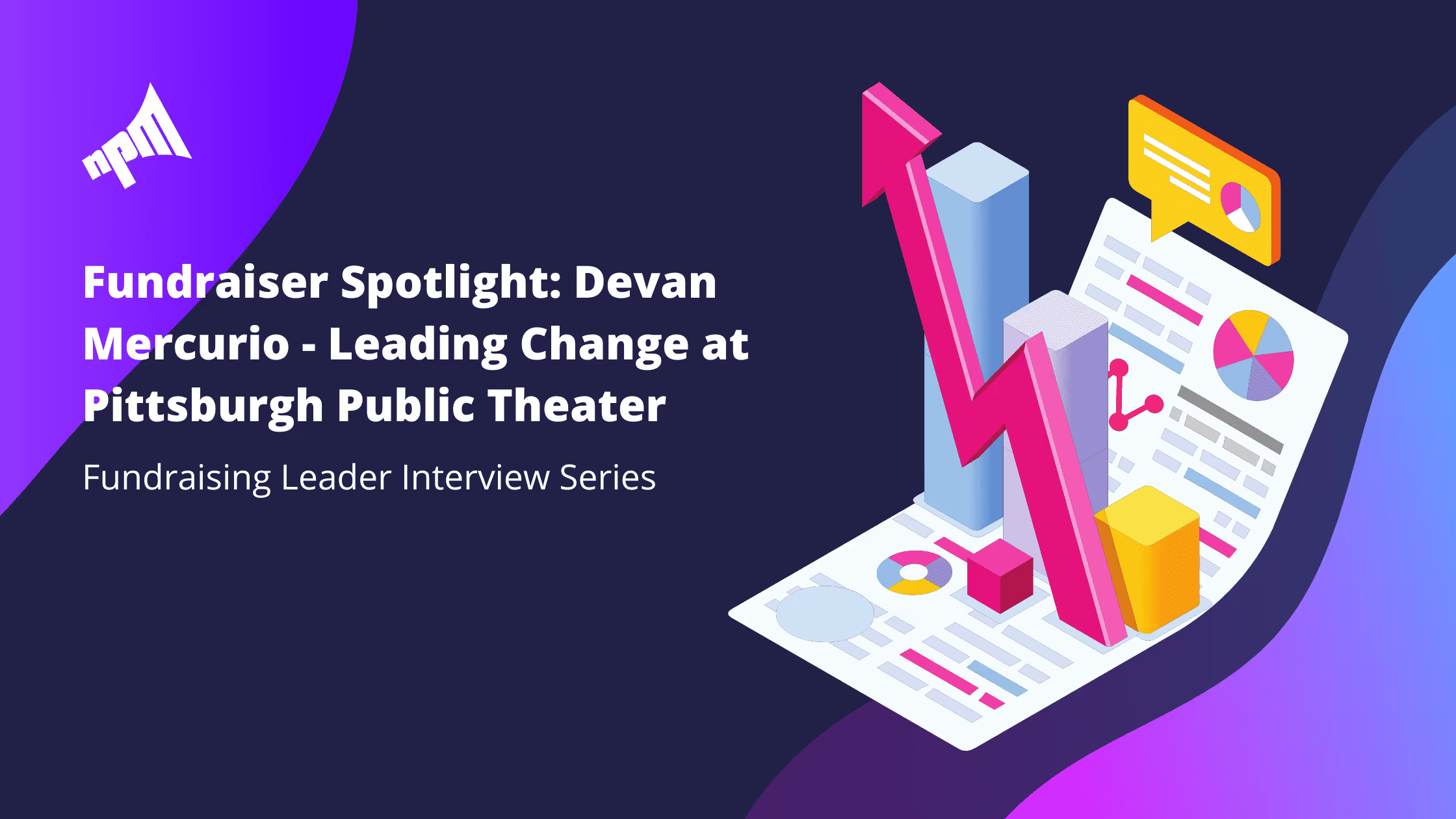














.svg)
.svg)
.svg)
.svg)